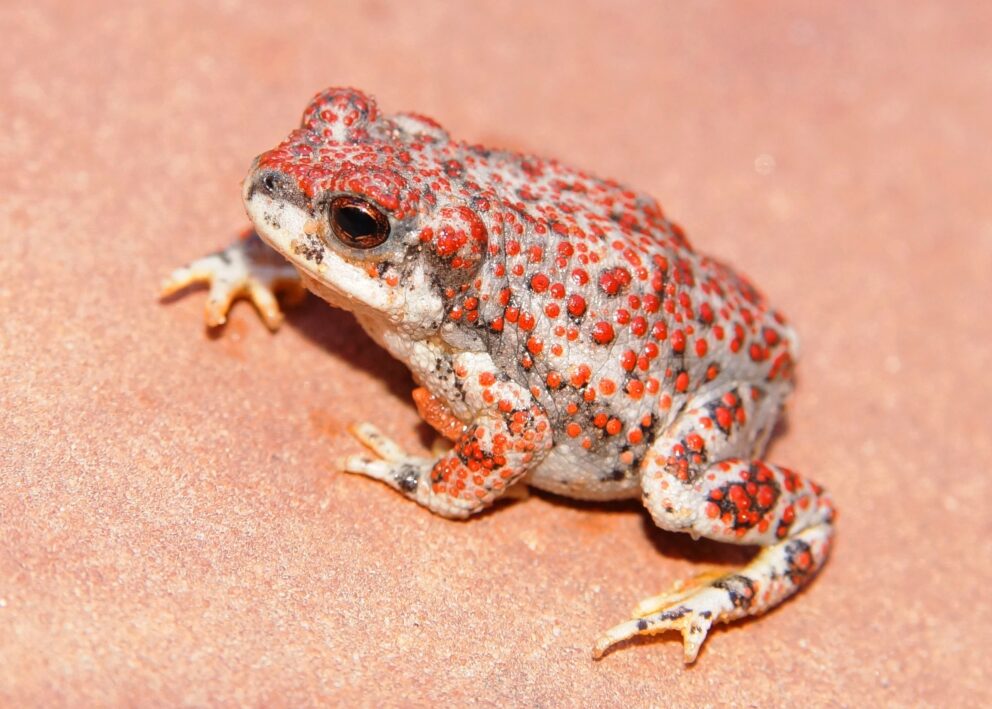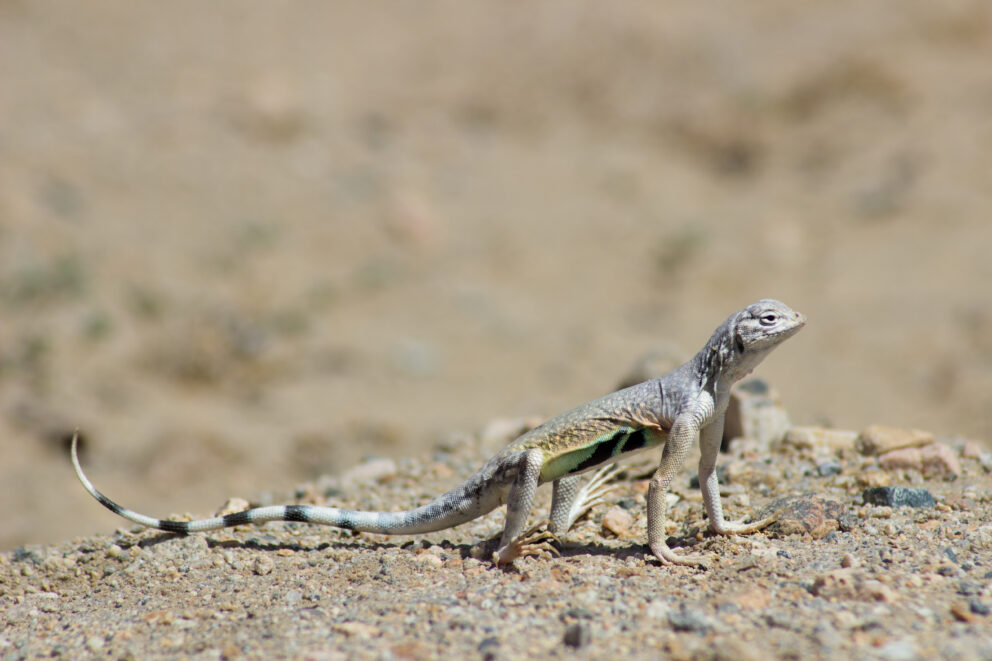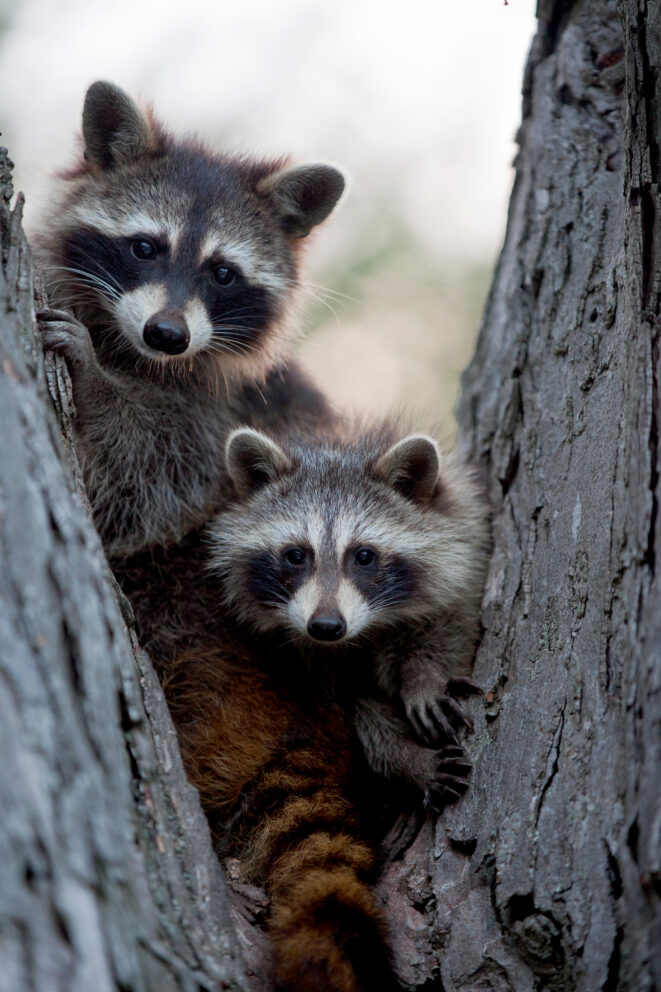- SCIENTIFIC NAME
- Toxostoma bendirei
- CLASSIFICATION
- Bird
- LIFE SPAN
- 2-6 Years
- SIZE
- 9-9.8” | 0.125-0.15lbs
- STATE CONSERVATION STATUS
-
- Priority Species
- Threatened
- FEDERAL CONSERVATION STATUS
- Vulnerable
- GAME STATUS
- Non-Game
- GAME TYPE
- None
- Washoe
- Humboldt
- Pershing
- Churchill
- Mineral
- Lyon
- Douglas
- Carson City
- Storey
- Elko
- Lander
- Eureka
- White Pine
- Esmeralda
- Nye
- Lincoln
- Clark
Habitat & Range
Bendire’s Thrashers are found in desert areas in the southern portion of Nevada below 8,000 feet in elevation.
- Agricultural Lands
- Grasslands
- Mojave desert
Threats
- Habitat Loss
Natural History
Bendire’s Thrashers primarily forages on the ground for insects. They occasionally consume spiders, berries, and other fruits. They use their bill to overturn rocks and vegetation in search of insects, but they do not dig as effectively as other thrashers. The male will sing in spring and summer to defend nesting territories. They place their nests in dense low shrubs, trees, or cacti. Females lay three to five eggs, and the young leave the nest approximately 12 days after hatching.
Fun Facts
The Bendire's Thrasher was mistaken for the curve-billed thrasher for some time before being named its own separate species by Charles E. Bendire in 1872














